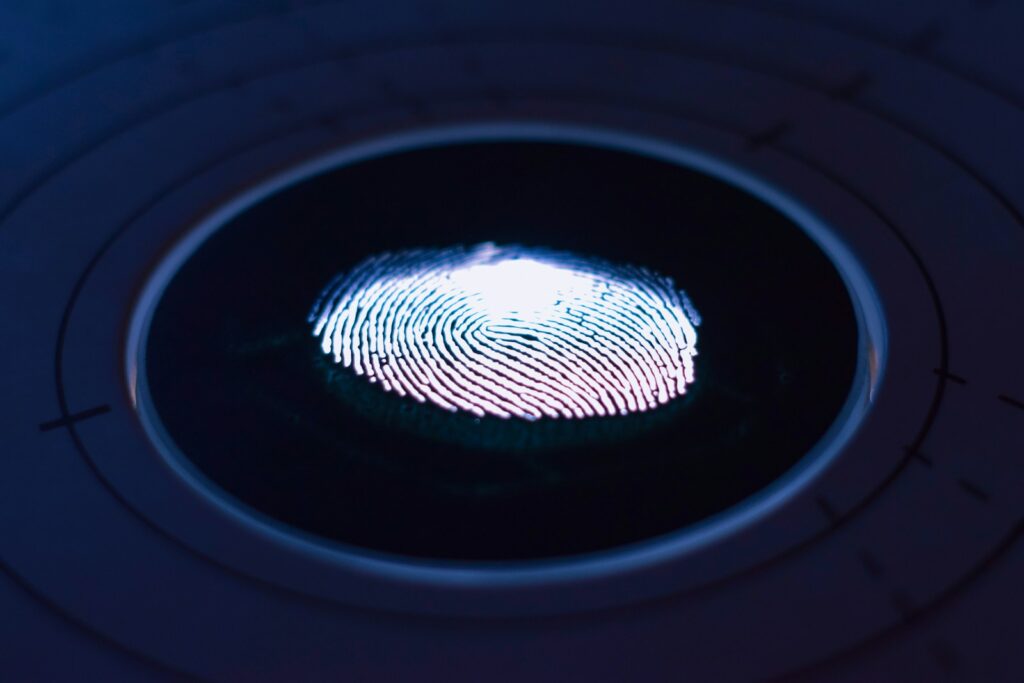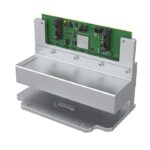Firearm technology is evolving rapidly, ushering in an era of smart weaponry designed to enhance safety, functionality and precision. This transformation is driven by innovations like biometric sensors and electronic controls, which are shaping the development of firearms for both personal and professional use. The rise of these technologies is creating a demand for professionals skilled in merging traditional gunsmithing expertise with cutting-edge advancements. Sonoran Desert Institute (SDI), which is accredited by the Distance Education Accrediting Commission (DEAC), provides online coursework in firearms technology, helping students build skills that align with the needs of an evolving industry.
What Are Smart Guns?
Smart guns represent a significant shift in firearm design, prioritizing safety and control through integrated technology. By combining mechanical reliability with digital features, these firearms address concerns about unauthorized use and accidental discharge while maintaining their functionality for legitimate purposes.
Key features of smart guns include biometric sensors, which allow firearms to recognize specific users through fingerprint or palm scanning. These sensors ensure that only authorized individuals can operate the weapon. Electronic locking mechanisms add another layer of security, requiring a PIN code or digital signal to unlock the firearm.
Some smart guns also integrate with external devices, such as smartphones or computers, enabling features like location tracking, usage monitoring and customizable safety settings. These advancements reflect the growing emphasis on safety, control and adaptability in firearm technology.
The Role of Smart Gun Developers
The development of smart weaponry has created new career paths within the field of gunsmithing. Professionals in this area work at the intersection of mechanical design and advanced technology, crafting firearms that combine traditional craftsmanship with modern innovation.
Smart gun developers focus on incorporating digital and electronic systems into firearm designs. This involves working with biometric sensors, electronic triggers and software systems to create firearms that meet contemporary safety standards. Firearm software engineers play a critical role in this process, designing the programs that power biometric authentication and other digital features.
Another emerging role is that of safety compliance specialists. These professionals ensure that smart guns adhere to legal and industry standards, making them reliable and safe for users. These roles highlight the diverse opportunities available in this field and underscore the importance of technical and regulatory expertise in smart gun development.
Advancements Driving the Industry
The rise of smart weaponry is fueled by technological advancements aimed at improving firearm safety and efficiency. These innovations are transforming how firearms are designed, maintained and used.
Biometric authentication systems are among the most impactful advancements in the industry. By using fingerprint or palm recognition, these systems ensure that only authorized individuals can operate a firearm, reducing the risk of accidents or unauthorized access.
Electronic firing mechanisms are another important development. These systems replace traditional mechanical triggers with digital controls, offering greater precision and reliability. They also allow users to customize firing modes, enhancing the firearm’s adaptability for different scenarios.
Smart guns are also increasingly integrated with external technologies, such as GPS and wireless connectivity. These features enable tracking and monitoring capabilities, adding another layer of security and convenience for users.
By combining these advancements with traditional design principles, gunsmiths are creating firearms that meet modern demands while maintaining the reliability and craftsmanship associated with the trade.
Preparing for Opportunities in Smart Gun Development
The rise of smart weaponry underscores the importance of education in equipping individuals with the skills needed to navigate this evolving field. Programs in firearms technology often include foundational training in mechanical design while introducing students to emerging innovations like biometric sensors and electronic systems.
Students gain experience in areas such as firearm maintenance and repair, which provide a strong grounding in traditional gunsmithing practices. This knowledge is complemented by training in the integration of digital systems, allowing students to understand how electronic components enhance firearm safety and performance.
Regulatory knowledge is another essential aspect of preparing for a career in smart gun development. Professionals in this field must navigate complex legal frameworks to ensure that firearms meet safety and compliance standards. This combination of traditional skills and modern training provides a well-rounded approach to the industry’s evolving demands.
Challenges in Smart Gun Technology
While smart weaponry offers many advantages, its development is not without challenges. Integrating electronic systems into firearms requires specialized knowledge and technical expertise. Professionals in this field must understand both mechanical systems and digital components to ensure that these technologies work seamlessly together.
Reliability is another critical consideration. Smart guns must perform consistently in a variety of conditions, particularly in professional applications such as law enforcement or personal defense. Developers are tasked with designing systems that are robust, dependable and easy to maintain.
Compliance with legal and ethical standards is also essential. Smart gun developers must work within the framework of existing regulations to create firearms that meet safety and functionality requirements. This involves balancing innovation with accountability, ensuring that advancements align with industry and societal expectations.
The Future of Smart Weaponry
As technology continues to advance, the potential for smart guns to address safety concerns and meet modern demands is becoming increasingly evident. Future developments may include artificial intelligence-powered systems capable of analyzing user behavior to prevent potential safety risks. Enhanced data analytics could provide insights into firearm usage patterns, improving both safety and functionality.
Connectivity with broader security systems is another area of potential growth. Smart guns may become integrated with larger networks, enabling real-time monitoring and collaboration with other safety technologies. These advancements highlight the role of smart weaponry in creating a safer and more adaptable future for firearms.
By combining traditional expertise with cutting-edge technology, professionals in this field have the opportunity to meaningfully shape the future of firearms.
The rise of smart weaponry marks an important milestone in the evolution of firearms. By integrating technologies like biometric sensors and electronic controls, smart guns offer innovative solutions to modern challenges while maintaining the reliability and craftsmanship that define the trade.
This shift is creating opportunities for professionals skilled in traditional gunsmithing and emerging technologies. As the field continues to grow and adapt, the demand for expertise in smart gun development is likely to remain strong. By embracing these advancements, individuals have the chance to contribute to a safer and more innovative future for firearms.
Sonoran Desert Institute recognizes the foundational knowledge and technical skills needed to explore opportunities in this evolving field. With a combination of traditional craftsmanship and modern innovation, smart weaponry represents a dynamic and rewarding area of gunsmithing.



